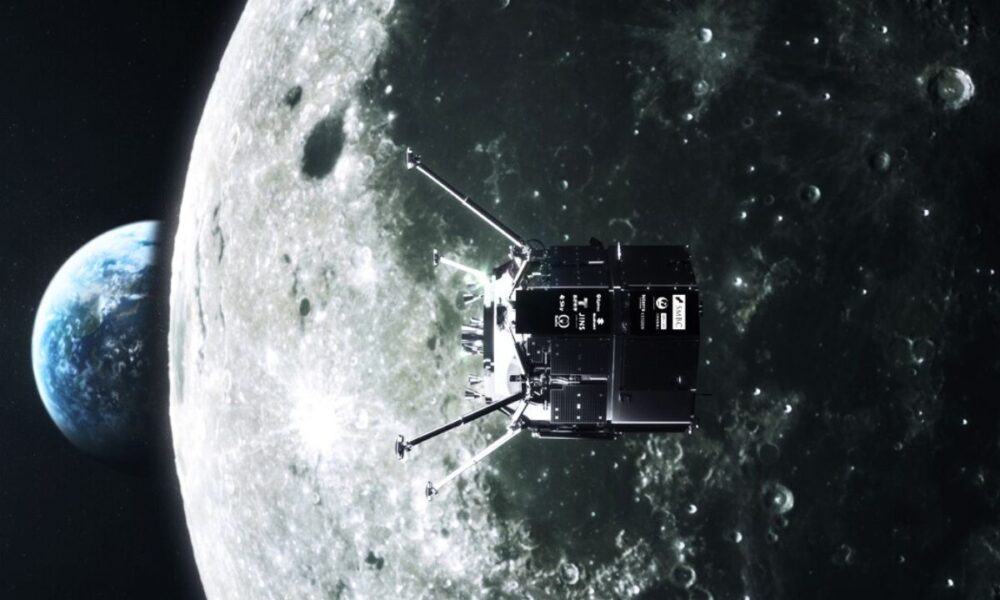A private Japanese lunar lander crashed during an attempted touchdown on the moon Friday.
This marks the second failed mission for the Tokyo-based global lunar exploration company, ispace.
The lander, named Resilience, lost communication less than two minutes before its scheduled landing in Mare Frigoris, a flat, crater-filled region on the moon’s northern near side.
A preliminary analysis indicated the laser system for measuring altitude malfunctioned, causing the lander to descend too fast.
“Based on these circumstances, it is currently assumed that the lander likely performed a hard landing on the lunar surface,” ispace said in a statement.
“This is the second time that we were not able to land. So we really have to take it very seriously,” CEO and founder Takeshi Hakamada told reporters, per Associated Press.
He apologized to contributors and added that the mission was “merely a stepping stone” to a larger lander planned for 2027 with NASA involvement.
“Engineers did everything they possibly could” to ensure success, he said minutes before the attempted landing.
The 7.5-foot Resilience, launched in January from Florida on a SpaceX rocket, carried an 11-pound, four-wheeled rover named Tenacious, built by ispace’s Luxembourg subsidiary. The rover, equipped with a high-definition camera and a shovel for NASA to collect lunar soil, was designed to operate for two weeks during the moon’s daylight period.
It also carried a toy-size Swedish-style red cottage, dubbed Moonhouse by artist Mikael Genberg, for placement on the lunar surface. The mission’s $16 million payload included scientific instruments from Japanese firms and a Taiwanese university.
The failure follows ispace’s first lunar crash in 2023, caused by inaccurate altitude readings.
“Truly diverse scenarios were possible, including issues with the propulsion system, software or hardware, especially with sensors,” Chief Technology Officer Ryo Ujiie said at a press conference.
Jeremy Fix, chief engineer for ispace’s U.S. subsidiary, noted last month that the company, with a mission cost less than the first’s $100 million, lacks “infinite funds” and cannot afford repeated failures.
“We’re not facing any immediate financial deterioration or distress because of the event,” CFO Jumpei Nozaki said, citing investor support.
However, space shares faced heavy sell orders and were poised for a 29% drop. As of Thursday, their market capitalization was over 110 billion yen ($766 million).
The crash marks another setback in the commercial lunar race, which began in 2019. U.S. firms Firefly Aerospace and Intuitive Machines achieved successful landings in March, though Intuitive’s lander toppled in a crater. Japan’s space agency, JAXA, landed its SLIM probe last year, joining Russia, the U.S., China, and India as the only nations with successful robotic lunar landings.
“Expectations for ispace have not faded,” Japanese Prime Minister Shigeru Ishiba posted on X, reported Reuters.
Ispace remains committed to NASA’s Artemis program, with plans for a third mission in 2027.
“NASA increasingly needs private companies to improve cost efficiency for key missions with limited budgets,” Hakamada said, referencing proposed U.S. budget cuts. Two U.S. companies, Blue Origin and Astrobotic Technology, aim for moon landings by year’s end following Astrobotic’s 2024 failure.


